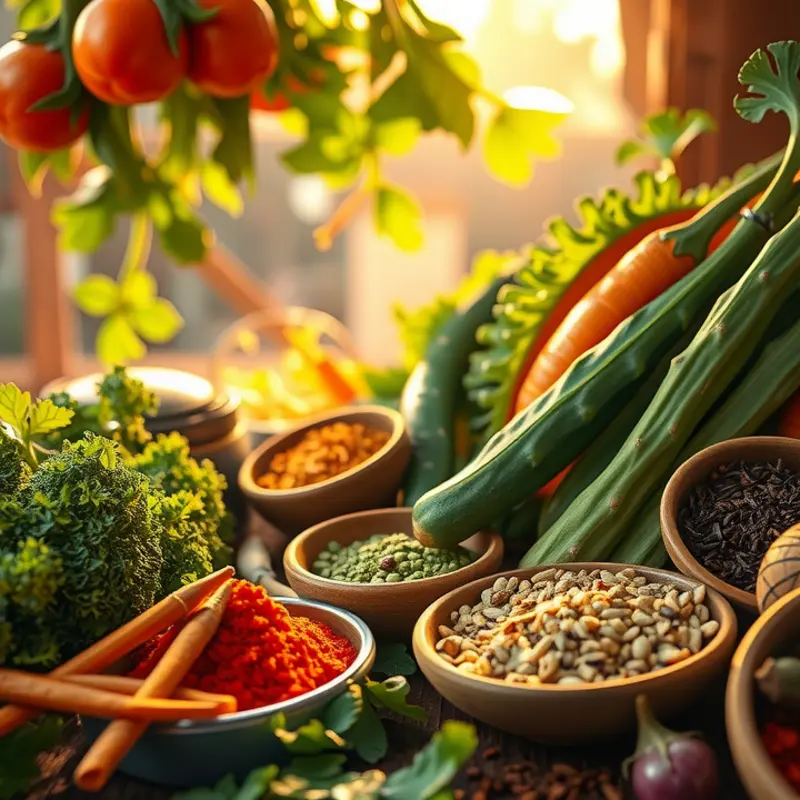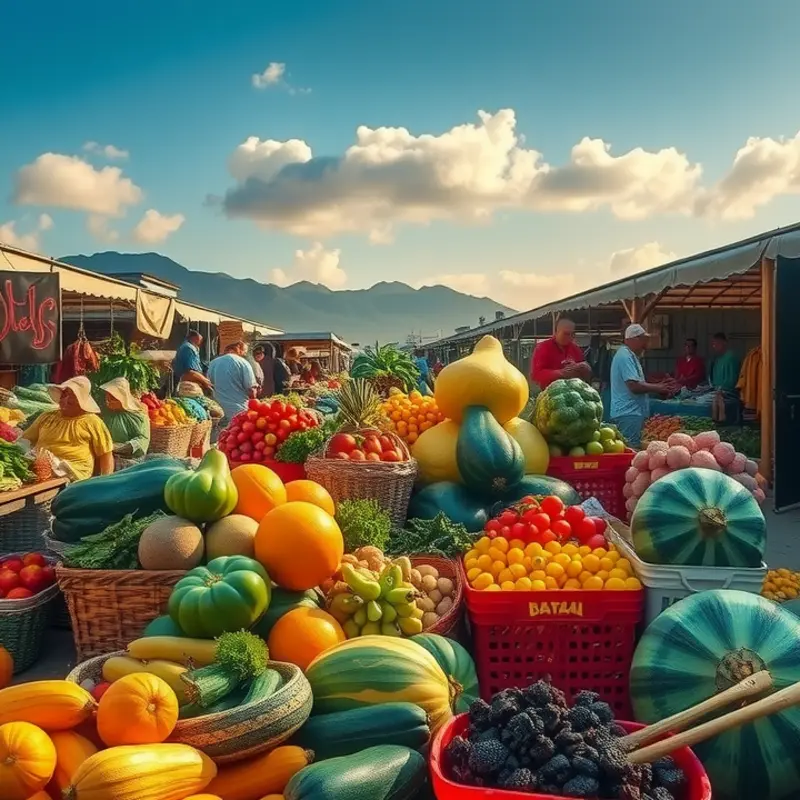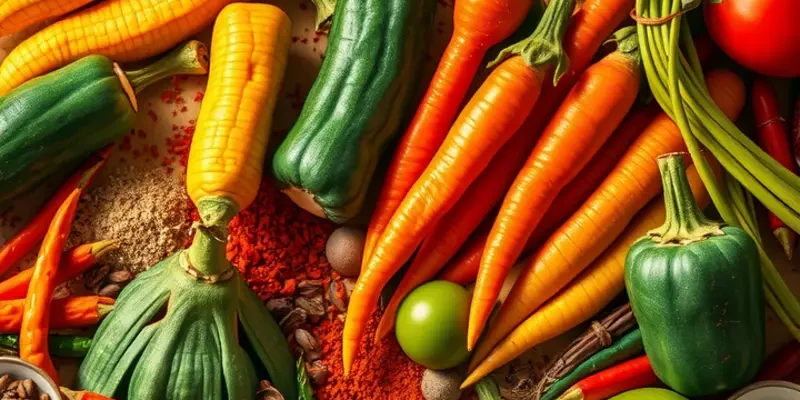Street snacks offer an unparalleled glimpse into the culinary heart of cultures worldwide. From crispy samosas in India to fluffy arepas in Venezuela, these delightful treats encapsulate the essence of the places they come from. Let’s delve into two captivating chapters that celebrate iconic street snacks, each with a unique cultural backdrop, tantalizing flavors, and vibrant traditions that invite food enthusiasts and culturally-curious readers alike to explore these culinary treasures.
The Street Food Craze: India’s Irresistible Samosas

Few street foods achieve iconic status quite like the samosa in India. Its crisp exterior and succulent filling offer a contrast that tantalizes taste buds, while its cultural richness enriches India’s vibrant street food tapestry. An exploration of the samosa is an exploration of India’s diversity and culinary history.
Origins and Evolution
The samosa’s origins trace back to the Middle East, where it was known as ‘sambusa’. Traders and travelers brought it to the Indian subcontinent between the 13th and 14th centuries, where it was embraced and evolved into what we savor today. Traditionally stuffed with spiced lentils, the samosa adapted to local preferences, leading to the popular potato filling distinctive of Indian samosas.
Crispy on the Outside, Flavorful on the Inside
The samosa is a triangular pastry, deep-fried to perfection. Its flaky shell encloses a spicy filling, typically of potatoes, peas, and an array of spices that ensure each bite is a burst of flavor. However, the samosa’s versatility allows for many variations; in different regions, you might find fillings like minced meat, paneer, or lentils. Its adaptability is a testament to India’s regional culinary diversity.
Cultural Significance
More than just a snack, the samosa embodies festivity and community. It’s ubiquitous at celebrations and gatherings, symbolizing warmth and hospitality. Vendors prominently display them at street corners, bridging the country’s socioeconomic divides. From bustling city streets to quiet rural outposts, the samosa universally delights, bringing people together in shared enjoyment.
The Vibrant Street Food Scene
India’s streets are a cacophony of sounds and scents. The sizzle of samosas frying, vendors bantering, and spices in the air create an immersive experience. Here, eating is not just about sustenance, but a pleasure that engages all senses. Street vendors, or ‘chaiwalas’ and ‘thelawalas’, are integral to this landscape, each offering their own twist on samosa recipes passed down through generations.
Street food culture in India is not just about eating; it’s an embodiment of community and innovation. Vendors continually experiment with ingredients and techniques, ensuring the experience remains fresh and enticing. Discover more about global culinary influences to understand how trade and travel have shaped the samosa’s evolution.
While health concerns about fried snacks linger, the love for samosas endures, with alternatives like baked or air-fried options gaining popularity. The snack adapts, much like it has throughout history, reflecting modern preferences while retaining its essential charm.
Embracing a samosa is to partake in a narrative spanning centuries, celebrating India’s dynamic blend of tradition and innovation. This delicious snack is more than the sum of its ingredients; it’s a slice of history enveloped in pastry, served on every street of this vast nation.
Latin Flavor Explosion: Venezuela’s Arepas

The arepa holds a cherished place in Venezuelan society, a symbol of both cultural identity and everyday sustenance. Tracing its origins back to the indigenous tribes of Venezuela and Colombia, the arepa has undergone centuries of evolution, becoming a beloved staple well beyond its birthplace. Crafted from simple ingredients—primarily cornmeal, water, and salt—the arepa has garnered widespread appeal due to its versatility and delightful flavors.
Venezuelan arepas are akin to a culinary blank canvas, poised to showcase a variety of fillings. Each region and even each household might have a unique spin, reflecting local flavors and ingredients. Classic fillings include queso blanco, a soft, white cheese, and reina pepiada, a tasty mix of chicken salad with avocado. For those seeking bolder flavors, carne mechada, a savory shredded beef preparation, or perico, a mix of scrambled eggs, tomato, and onions, offer substantial, hearty options.
This adaptability makes arepas more than just food; they are narratives of Venezuelan life and resourcefulness. Breakfast, lunch, or dinner, these cornmeal disks transition seamlessly, offering comfort and nourishment at any hour of the day. The ritual of making arepas is deeply embedded in the cultural fabric, often a shared family affair that extends beyond mere preparation to an expression of love and tradition.
With time, the external environment has brought new elements into the traditional mix, opening doors to endless innovation. As Venezuelans migrate, fleeing socio-political and economic instability, the arepa travels with them, spreading its popularity. Consequently, arepas have found new homes across Latin America and beyond, each locale lending its twist to the fillings.
Not only does the arepa echo the vibrancy of Venezuelan cuisine, but it is also an excellent example of the relationship between cultural trajectories and culinary evolution. Beyond just a dish, it represents the adaptability of Venezuelan culture in embracing change while holding onto its roots.
For those intrigued by divergent culinary ingredients, discovering flavor boosters can enhance the arepa experience. Exploring non-salt flavor enhancers provides a fresh angle to appreciate the depth and richness in each bite.
Whether enjoyed stuffed or on its own, the arepa invites you into a world filled with stories, resilience, and the undying spirit of Venezuela. Perhaps, its greatest allure lies in its ability to adapt and delight global palates, while never straying far from its humble beginnings.
Final words
The culinary adventures offered by iconic street snacks like samosas and arepas reveal the rich tapestries of culture and tradition woven into every bite. These snacks are not merely food; they are stories of communities, histories, and flavors that have evolved over decades. Exploring street food enables us to better understand and appreciate the diverse culinary world. As you embark on your own journey with these incredible snacks, remember to savor not just the flavor but also the culture encapsulated in each bite.








